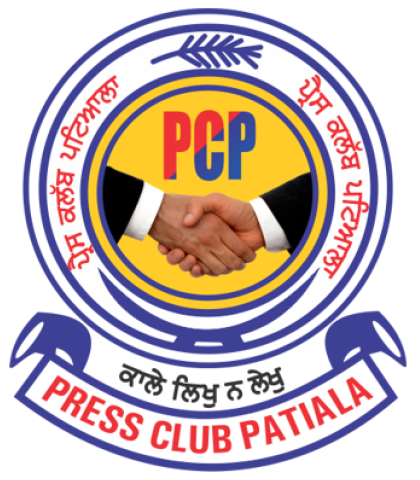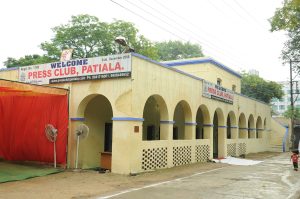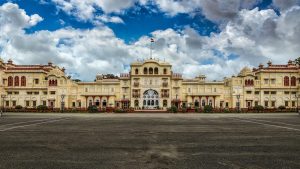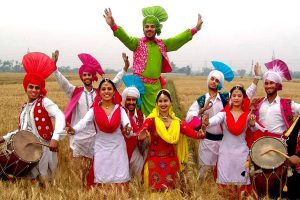Punjab at Glance
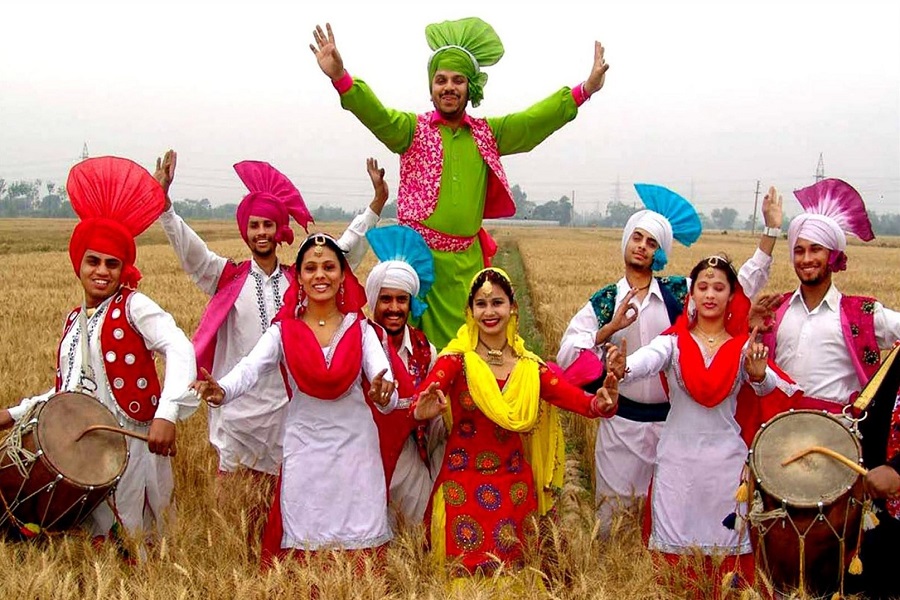
PRESS CLUB PATIALA : Punjab, a state in the northern part of India, has a dynamic and complex political landscape characterized by its vibrant democracy, diverse population, and a history of both agricultural prosperity and socio-political challenges. The state’s political profile is shaped by its unique cultural, religious, and economic contexts, making it a significant player in India’s broader political narrative.
The political scene in Punjab is predominantly dominated by two major parties: the Indian National Congress (INC) and the Shiromani Akali Dal (SAD), along with a significant presence of the Aam Aadmi Party (AAP) in recent years. The SAD, in alliance with the Bharatiya Janata Party (BJP), has historically been a major force, drawing support from the Sikh community and capitalizing on issues such as Sikh rights and regional autonomy. However, the INC, with its broader national appeal, has also enjoyed significant support by focusing on issues like economic development, social welfare, and secularism.
The entry of AAP into Punjab politics has introduced a new dynamic, appealing to voters with promises of clean governance, education reform, and health care improvements. This has disrupted the traditional two-party competition, leading to a more fragmented and competitive political environment.
Punjab’s politics are deeply influenced by its agrarian economy, with agricultural policies and land rights being hot-button issues. The state has been at the forefront of various farmer-led protests, especially against the central government’s agricultural reforms introduced in 2020, showcasing the political mobilization capacity of its agrarian community.
Furthermore, issues such as drug abuse, unemployment, and environmental sustainability have also shaped the political discourse, with parties and leaders being evaluated on their responses to these challenges. The state’s history of insurgency in the 1980s and its impact on social fabric and politics cannot be overlooked, as it still influences the political rhetoric and public sentiment to some extent.
